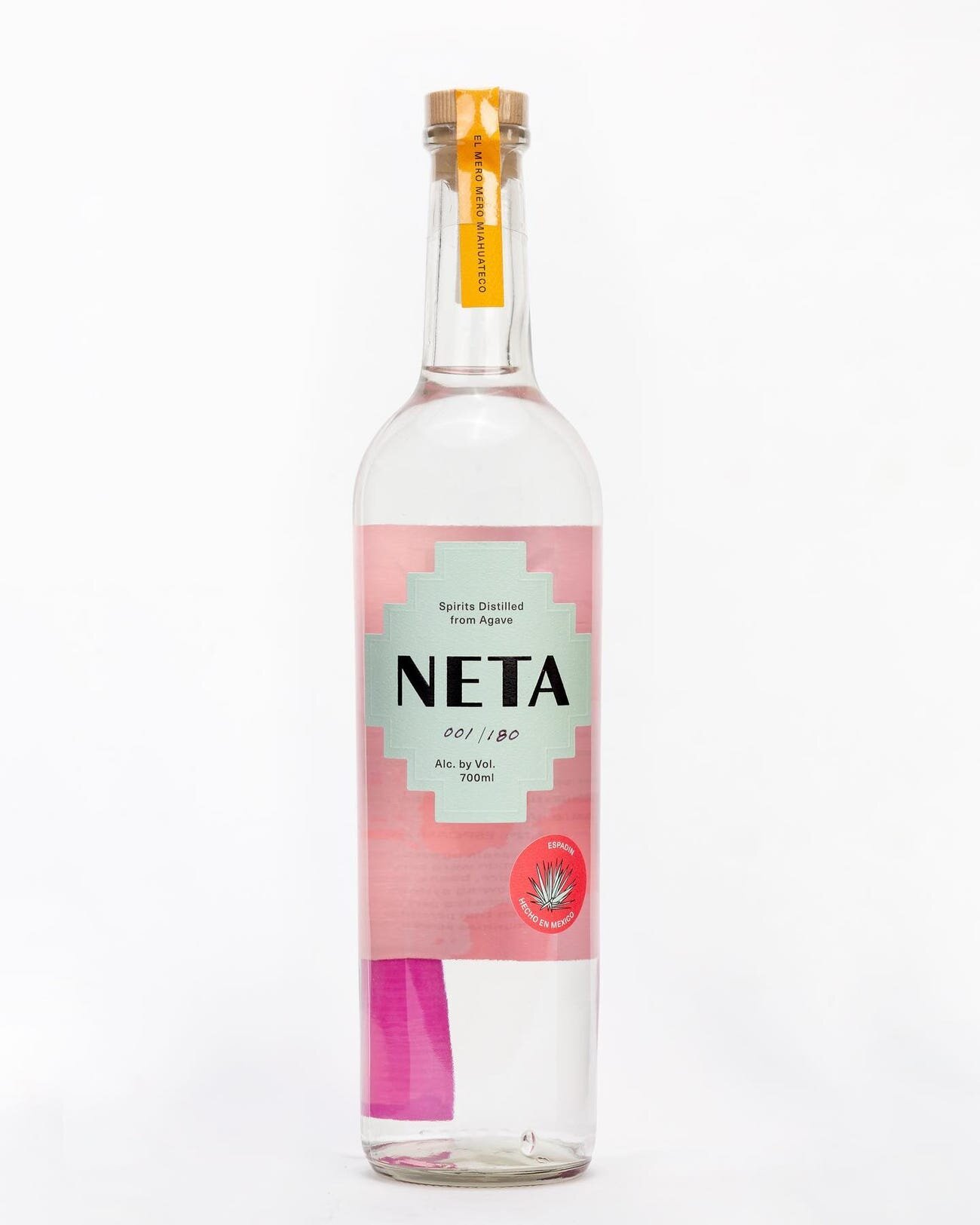Cognac is one of the world’s great spirits. Its history dates back almost four centuries. Its presence in the U.S. goes back almost as long. It has been intimately intertwined with American history. George Washington was a fan. He drank it in his camp during the Revolutionary War and served it to his guests at the first Presidential Inauguration.
Cognac was the basis of most cocktails in the U.S. long before bourbon became the quintessential American spirit. Cherry Bounce and Fish House Punch, two popular drinks during colonial times, both featured Cognac. The original recipe for that classic American drink, the mint julep, was also Cognac based. The bourbon version did not appear till the late 19th century. The first American book of cocktail recipes The Bartender's Guide, by Jerry Thomas in 1862, mostly featured Cognac based drinks…
…France has hundreds of Cognac producers. The four largest producers, however, account for 90% of the U.S. market—Courvoisier (Beam Suntory), Hennessy (LVMH), Martell (Pernod Ricard) and Rémy Martin (Rémy Cointreau).
Most Cognac producers do not export to the U.S. market. Bottling Cognac to meet U.S. bottling requirements, 750 ml versus 700 ml bottles, is expensive and burdensome. Finding a U.S. distributor is difficult, especially given the relatively small volumes that they produce. That’s a pity, because most Cognac enthusiasts have little opportunity to taste the wide range of Cognacs produced in France.
Recently, I asked Max von Olfers for his recommendations of outstanding Cognacs that are relatively unknown in the U.S. Max, along with his sister Sophie, runs Cognac-Expert.com, a Cognac based mail order supplier of Cognac to consumers worldwide. The website features more than 1,000 Cognac expressions, that’s easily 10 times more than even the best stocked U.S. retailer would carry.
Below are 10 recommendations from Max, plus a couple of my own, of outstanding Cognacs. They range from relatively common, at least in Cognac, to quite rare. Price wise they range from under $100 to over $5,000 a bottle. All bottles are 700 ml. Max’s comments are below (in italics), followed by my comments.







